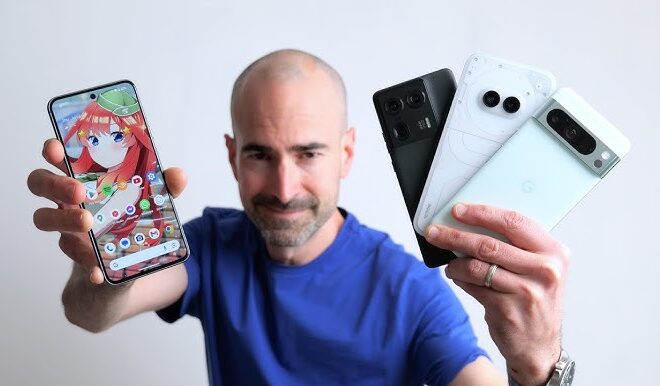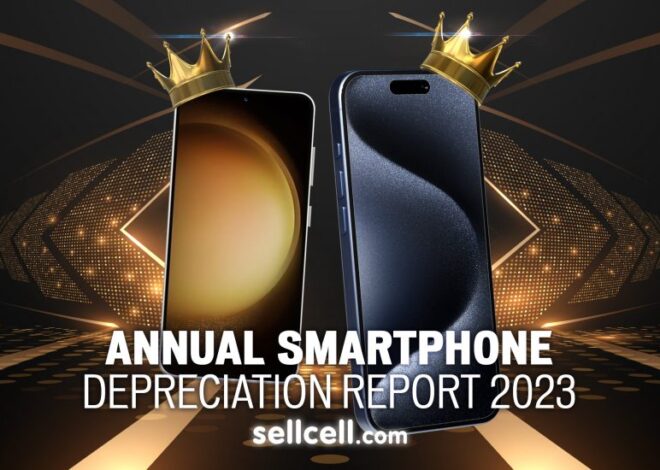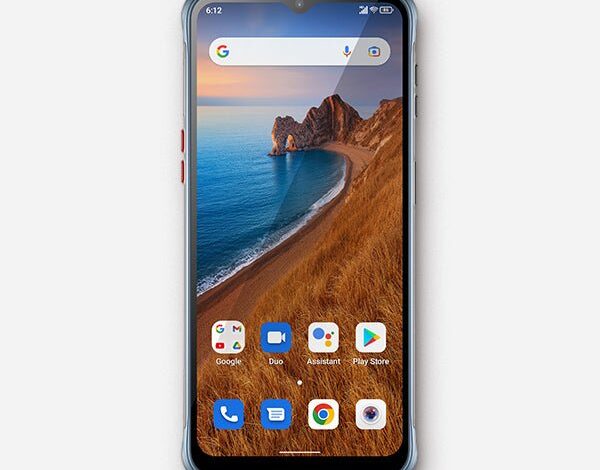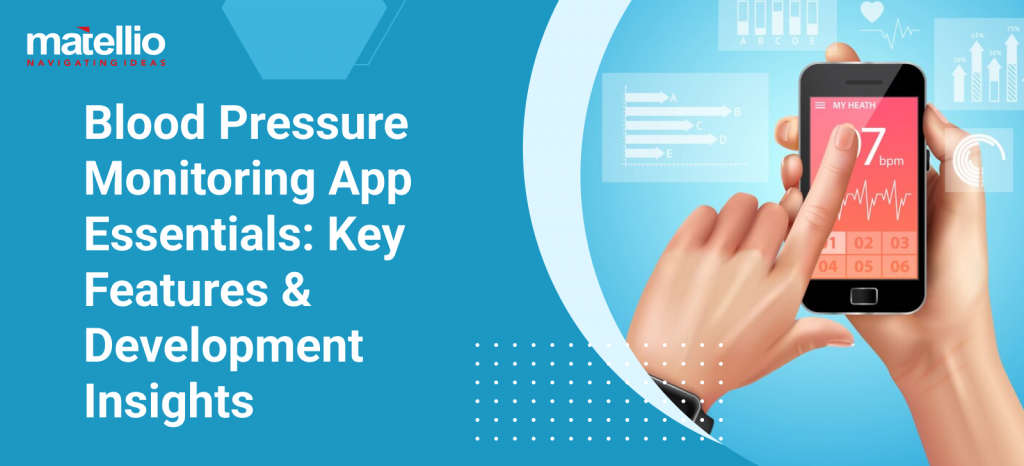
Android’s Battery Health Revolution: A Deep Dive into the Upcoming Native Monitoring Feature
The Next Frontier for Android: Why Native Battery Health Monitoring is a Game-Changer
For years, the battery icon in the corner of our screens has been the primary, and often only, indicator of our device’s immediate power reserves. It tells us how much charge we have left for the day, but it reveals nothing about the long-term viability of the battery itself. Every smartphone owner is familiar with the slow, inevitable decline of battery life over time. A device that once comfortably lasted a full day now needs a midday top-up. This degradation, known as battery health, has long been a source of frustration and guesswork for Android users. While Apple has offered a transparent “Battery Health” screen on iOS for years, the Android ecosystem has been a fragmented landscape of third-party apps and hidden developer menus. However, the latest Android news signals a monumental shift. A native, standardized battery health indicator appears to be on the horizon, potentially set to debut on upcoming Android phones. This isn’t just another minor feature; it’s a fundamental evolution in the Android user experience, promising to empower users, increase device longevity, and bring a new level of transparency to the entire ecosystem.
Understanding Battery Health: Beyond the 0-100% Charge
To fully appreciate the significance of a native battery health feature, it’s crucial to distinguish between battery charge and battery health. The percentage you see on your status bar is a measure of the current charge relative to the battery’s present maximum capacity. Battery health, on the other hand, is a measure of that maximum capacity relative to when the battery was brand new. A brand-new phone has 100% battery health. After a year of use, its health might degrade to 90%, meaning it can only hold 90% of its original charge, even when the icon shows 100%.
What Causes Battery Degradation?
Lithium-ion batteries, the power source for virtually all modern smartphones and Android gadgets, degrade chemically over time. This aging process is accelerated by several factors:
- Charge Cycles: A charge cycle is one full discharge and recharge (from 0% to 100%), though it doesn’t have to happen all at once. Using your phone from 100% down to 50% and recharging to 100% twice would constitute one full cycle. Every battery is rated for a certain number of cycles before its capacity significantly diminishes, typically around 500 cycles for a drop to 80% health.
- Heat: Heat is the number one enemy of battery longevity. High temperatures, whether from ambient conditions (like leaving a phone in a hot car), intensive tasks (like gaming), or even the charging process itself, accelerate the chemical reactions that degrade battery cells.
- Charging Habits: Consistently charging a battery to 100% or letting it drain to 0% puts significant stress on the cells. Likewise, using ultra-fast chargers constantly can generate more heat and contribute to faster degradation compared to slower, standard charging.
The Current Fragmented State on Android
Until now, checking battery health on Android has been a convoluted process. There is no single, user-facing standard across all devices. The landscape is a patchwork of solutions:
- OEM-Specific Tools: Some manufacturers, like Samsung, offer a basic battery diagnostic within their Samsung Members app. Others may have a hidden menu accessible through a dialer code. This inconsistency means the experience varies wildly from one brand to another.
- Third-Party Applications: Apps like AccuBattery have become popular workarounds. They function by monitoring charge and discharge sessions over time to estimate the battery’s current capacity. While useful, they are estimations at best. They don’t have low-level system access and require dozens of charge cycles to provide a reasonably accurate reading.
- Developer Methods: Tech-savvy users can use Android Debug Bridge (ADB) commands on a computer to pull a “bug report” that contains some battery health data, such as cycle count. This is far from a user-friendly solution and is inaccessible to the average consumer.
This fragmentation has left users in the dark, often leading them to replace a phone’s battery prematurely or, conversely, struggle with a degraded battery without knowing the root cause of their device’s poor performance.
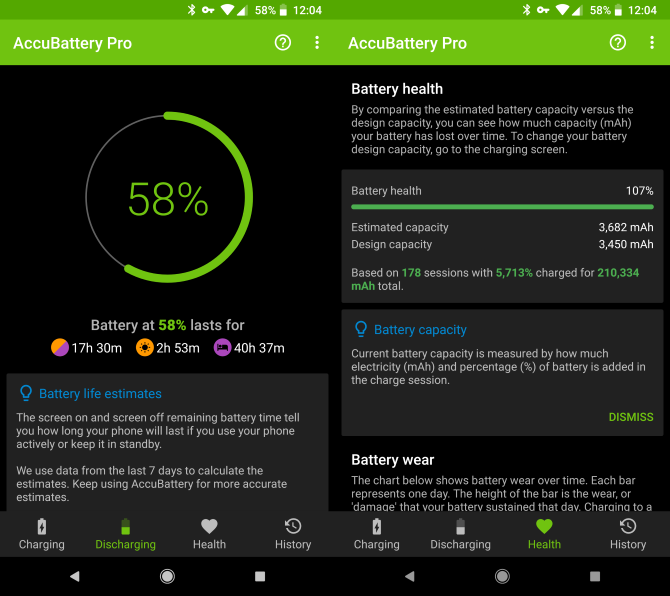
A Standardized Solution: Deconstructing the Native Android Feature
The introduction of a native battery health feature, integrated directly into the Android operating system, promises to solve these issues by providing accurate, accessible, and standardized information for all users. Based on information from recent Android beta builds and API analysis, we can anticipate a multi-faceted tool that goes far beyond a simple percentage.
Core Functionality: The Health Percentage and Cycle Count
The centerpiece of this new feature will undoubtedly be a clear, unambiguous battery health percentage. Similar to the iOS implementation, this would likely be found within the main Battery settings menu, displaying a figure like “Maximum Capacity: 92%.” This single metric instantly tells a user how much their battery has degraded since it was new.
Crucially, this data will be pulled directly from the device’s power management hardware—the Battery Management System (BMS) and Power Management Integrated Circuit (PMIC). This low-level access ensures the reading is a direct measurement, not a software-based estimate, making it far more reliable than any third-party app. Alongside this percentage, we can expect to see the battery’s charge cycle count. This provides vital context, allowing users to see how their usage patterns correlate with the health percentage.
Beyond the Basics: Advanced Diagnostics and Insights
A truly comprehensive tool would offer more than just two numbers. A native Android solution could easily incorporate a wealth of additional data to give users a complete picture of their battery’s status:
- Date of Manufacture & First Use: Knowing the battery’s physical age can help differentiate between degradation from time versus degradation from heavy use.
- Charging Status: The system could report on the current charging policy, indicating whether features like “Adaptive Charging” are active. Adaptive Charging intelligently controls charging speed, often holding the charge at 80% overnight and only topping it up to 100% just before you wake up, significantly reducing stress on the battery.
- Health Status: Beyond a percentage, the system could provide a simple status like “Normal,” “Service Recommended,” or “Poor.” This would translate the raw data into an actionable recommendation, prompting users to consider a battery replacement when performance is likely to be impacted.
By integrating these metrics directly into the OS, Google can create a powerful diagnostic tool that demystifies battery degradation and puts control back in the hands of the user.
The Ripple Effect: Impact on Users, Manufacturers, and the Market
The implementation of a native battery health feature will have far-reaching consequences that extend beyond individual device settings. It represents a maturation of the Android platform that will benefit the entire ecosystem.
Empowering Users with Actionable Information

For the average user, this feature is transformative. No longer will they have to guess if their phone’s slowdowns or poor battery life are due to a failing battery or a rogue app. A quick look at the battery health screen will provide a definitive answer. This knowledge empowers users to:
- Make Informed Repair Decisions: Knowing your battery health is at 78% makes the decision to pay for a battery replacement a logical one, potentially extending the life of the device for another couple of years.
- Cultivate Better Habits: Seeing the cycle count increase and the health percentage drop can serve as direct feedback, encouraging users to adopt healthier charging practices, such as avoiding extreme temperatures and not leaving the phone plugged in at 100% for extended periods.
- Troubleshoot Effectively: If battery life is poor but the health is reported as “Normal” (e.g., 95%), the user knows to look for software-related issues, such as background app drain, rather than blaming the hardware.
A New Standard for Android Phone Manufacturers
By building this feature into the core Android Open Source Project (AOSP), Google will effectively mandate a new standard for all its partners. Manufacturers like Samsung, OnePlus, Xiaomi, and others will be expected to include this feature in their software skins. This eliminates a key area where the user experience on Android phones has lagged behind iOS, creating a more consistent and premium feel across the board. It forces a higher standard of transparency and may even encourage manufacturers to use higher-quality batteries to maintain better health statistics over the device’s lifespan.
Revolutionizing the Second-Hand Market
Perhaps the most significant impact will be on the refurbished and used device market. Currently, buying a used Android phone involves a gamble on battery life. With a verifiable, built-in battery health metric, the entire process becomes transparent. A seller can command a higher price for a device with 95% battery health, and a buyer can confidently purchase it knowing exactly what they are getting. This single feature could dramatically increase the resale value of Android devices, making them a more attractive long-term investment and promoting a more sustainable, circular economy for electronics.
Proactive Care: Best Practices for Maximizing Battery Lifespan
While a battery health tool is fantastic for monitoring, its greatest value comes from enabling users to be proactive. With or without the feature on your current device, you can adopt habits that will preserve your battery’s longevity.

Adopt Smart Charging Habits
The way you charge your device has a direct impact on its long-term health. The key is to minimize stress on the battery cells.
- The 20-80 Rule: While not always practical, the ideal state for a lithium-ion battery is between 20% and 80% charge. Try to avoid letting your phone die completely and unplug it before it hits 100% when possible.
- Embrace Adaptive/Optimized Charging: Most modern Android phones have a feature that learns your charging routine (e.g., overnight) and manages the charging speed to reduce time spent at 100%. Ensure this feature is enabled in your battery settings.
- Slow and Steady: While fast charging is convenient, the heat it generates can be detrimental over the long term. If you’re charging overnight, consider using a slower, lower-wattage charger.
Temperature is Everything
Heat is the silent killer of battery health. Protecting your device from extreme temperatures is one of the most effective things you can do.
- Avoid Hot Environments: Never leave your phone on a car dashboard in the sun or in any other environment where it can overheat.
- Charge Coolly: Remove thick or non-breathable cases when charging, especially when fast charging. Don’t charge your phone while performing intensive tasks like 3D gaming or video editing, as this combination generates excessive heat.
Conclusion: A New Era of Transparency and Longevity
The forthcoming native battery health feature is more than just a new line item in the settings menu; it’s a paradigm shift for the Android platform. By moving from a fragmented and opaque system to a standardized, transparent, and user-accessible tool, Google is addressing a long-standing pain point for billions of users. This single feature will empower consumers to better understand and care for their devices, extend the usable life of Android phones, and add much-needed transparency to the second-hand market. It’s a clear signal that the future of Android is not just about adding more power or novel features, but about building a more sustainable, user-centric, and intelligent ecosystem for all its devices, from flagship phones to the ever-expanding world of Android gadgets.

